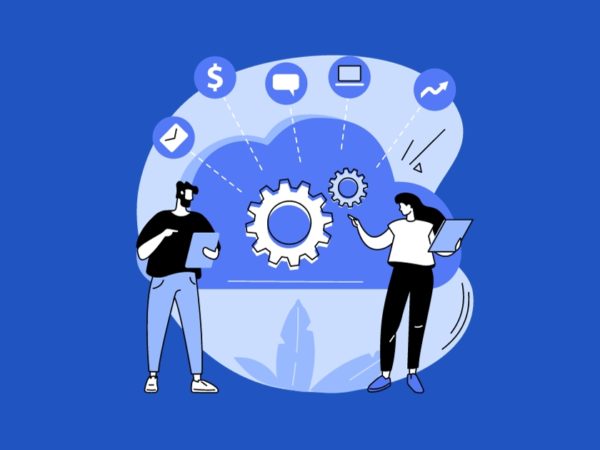There are many short names used in Cloud Service Models, and sometimes it may be confusing.
When you get started with Cloud Computing, there are many things to learn. In this article, I will talk about some of the popular cloud service models that are widely used and are a must-know for aspiring cloud architects.
Three cloud service models PaaS, SaaS and IaaS are the most important among all, so I will start with them.
PaaS
PaaS stands for Platform as a Service.
Here, your cloud provider gives you the complete platform to use. When I say the complete platform to use, it means the provider takes care of all the underlying parts of the infrastructure. For example, your servers are taken care of, and your virtual machines are taken care of, you are given some predefined tools which you can use to build your applications.
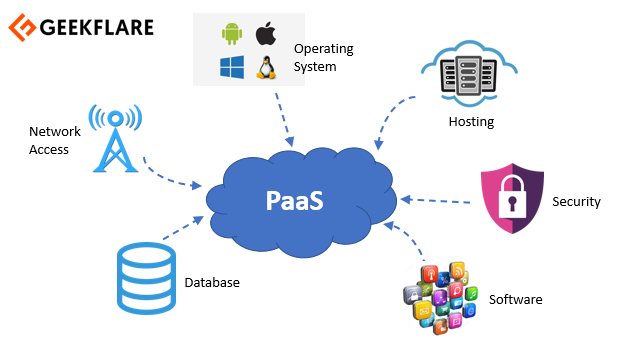
Some of the benefits of using PaaS are the following.
- Faster development and delivery
- Create/Deploy applications on the fly
- Easily Upgradable
- Provides backup, recovery and data security
- Easily accessible from multiple locations (by multiple teams)
Ex – App Engine from Google Cloud.
SaaS
SaaS stands for Software as a Service.
It means a cloud provider is giving you complete software like servers, databases, application codes in the form of service.
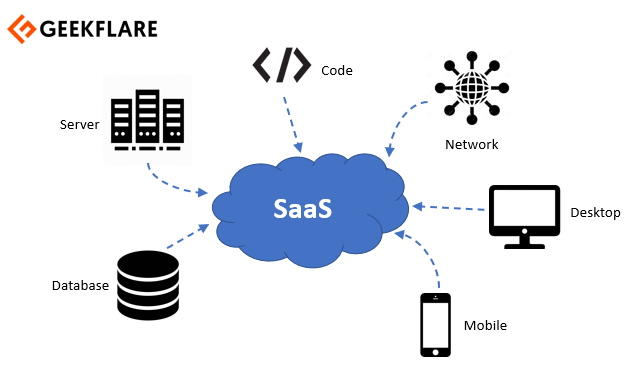
For example, Gmail, where you exchange emails without worrying about what is happening in the background. All you have to do is type your email, and it gets delivered to the location or to the person you want to deliver it. You are not concerned about how the platform works, what are the security concerns, what if the server goes down, where is the mail getting stored, it’s none of your concern.
The service providers are providing you a complete software or an application in the form of service, that is why this architecture is called Software as a Service.
Some benefits:
- On-demand service
- Independent platform
- No need to install anything
- Resource managed by the Vendor
- Available 24×7
Ex – Freshdesk as a helpdesk and self-service solution.
IaaS
IaaS stands for Infrastructure as a service.
The definition of infrastructure as a service means only the infrastructure is given to you, everything else is something that you put in the way you want it, and then you use it. IaaS provides computing architecture and infrastructure apart from that data storage, virtualization servers, and networking.
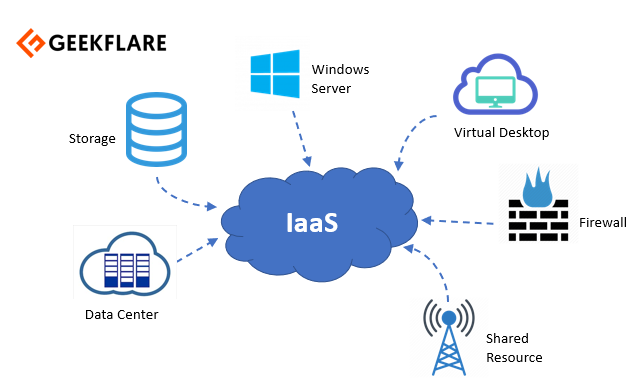
Let me explain it with an analogy.
For example, suppose you rent a house, now the owner gives you a house and says use it the way you want to and pay me the rent. So, you are paying the owner for the house, and when you get inside the house, you realize that it only has a bed and a table. Apart from that, you need to put in the kitchen utensils, and you need to set up the house the way you want to use it, and then you can go ahead and use that house. Basically, you are setting up your infrastructure.
Below are some important features of IaaS:
- Dynamically Scalable
- Rented / licensed / pay as you go
- Several Levels of Services
- 100% Resource Availability
- GUI or CLI based easy access
Ex – Vultr, Kamatera, AWS, GCP
APIaaS
API as a Service is used to manage its own custom APIs and allow applications to connect to 3rd party APIs like Google map, voice search API, etc.
It is also used in generating documentation of APIs, which describes all the functionalities and working on the API. It can be shared with the team using that API or 3rd party APIs.
Using API services, an application can talk to the features stored in the backend.
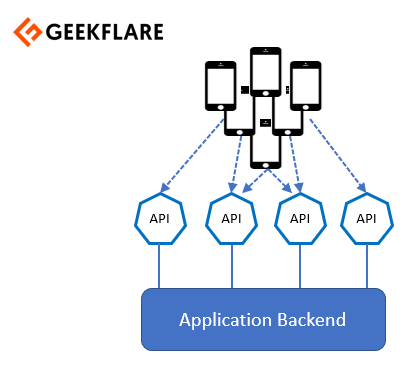
AaaS
AaaS stands for Analytics as a Service.

It provides analytics software over the cloud on the subscription-based model. It has become a crucial option for businesses to bypass upfront new capital costs and adopt new business process requirements easily.
You can use AaaS for Predictive analytics, Data Analytics, Business Analytics, to find insights and trends on the data. In this age of Big Data, AaaS is a savior. It can clean, analyze, and store insights from Big data in a scalable and cost-effective manner.
Ex – Zoho Analytics
BaaS
BaaS stands for Backend as a Service.
The above image is from Cloudflare.
It takes care of all the backend services of an application, and the developers can focus only on writing and maintaining the frontend side of the application. It provides backend services like database management, user authentication, cloud storage, hosting on the cloud, push notifications, etc.
If I take an example of amazon.com, it is one of the most popular e-commerce websites worldwide. What you see as a user is a friendly website or an app, but a lot of things are happening at the backend. BaaS can help Amazon with storage, user management, payment gateway, recommendation system, push notification to its user for latest offers, and many more backend functionalities.
Ex – Managed Database by DigitalOcean
Data as a Service
Data as a Service (sometimes also called DaaS) is a service model that provides pre-aggregated and pre-calculated data, which can provide better insights, and you can make better business decisions. It uses the cloud to provide data storage, data integration data processing, data analysis services using networks.
Features:
- Less Setup Time
- Abstracts complexities
- Minimal downtime
- Services/tools managed automatically
- Cost-effective
Ex – MongoDB
DBaaS
DBaaS stands for Database as a Service.
DBaaS is managed by public and private cloud providers. It provides database functionalities as a service to internal/external customers. Application developers do not rely on database administrators for database management when using Database as a Service.
Benefits of using DBaaS.
- Reduces operational cost
- Easier to deploy and manage
- Supports all sizes of business
- Pay for what you use
- Automates database operations
- Clustering setup in minutes
- High-availability across regions
Ex – Scalegrid for MySQL, PostgreSQL, Redis, MongoDB
DaaS
DaaS stands for Desktop as a Service.
Virtual desktops hosted over the cloud on any device from anywhere. It offers a subscription-based model and is multi-tenant. It improves data security and enhances remote productivity as it provides services in all the geographies.
Virtual Desktop Infrastructure (VDI) has a lot of similarities to DaaS. The difference between the two is that infrastructure on DaaS is hosted over the cloud, whereas the infrastructure of VDI is mostly located on-premise.
Ex – V2 Cloud
FaaS
FaaS stands for Function as a Service.
It helps to remove the complexities of servers and provides a serverless architecture. You can focus on the business logic, and everything in the background is taken care of by service providers—all you have to worry about code development.
AWS Lambda is an example of FaaS, which has been developed by Amazon. Azure and GCP also supports FaaS through Azure functions and Google Cloud functions.
Some benefits:
- Removes complexity, provides an abstraction
- Billing based on usage only
- Faster development
- Scalable easily
- Provisioning time in milliseconds
Ex – Cloudflare Workers
SECaaS
SECaaS stands for Security as a Service.
Cloud-based security where an application or infrastructure is secured by a cloud-based security provider (CSBP). A simple example of Security as a Service is an antivirus software provided by an organization like Avast, Norton, McAfee, etc.
Other security services like anti-malware, firewall, penetration testing, intrusion detection, authentication, spam filtering, Identity and Access Management (IAM) are a part of SECaaS.
Ex – SUCURI for Web Application Firewall
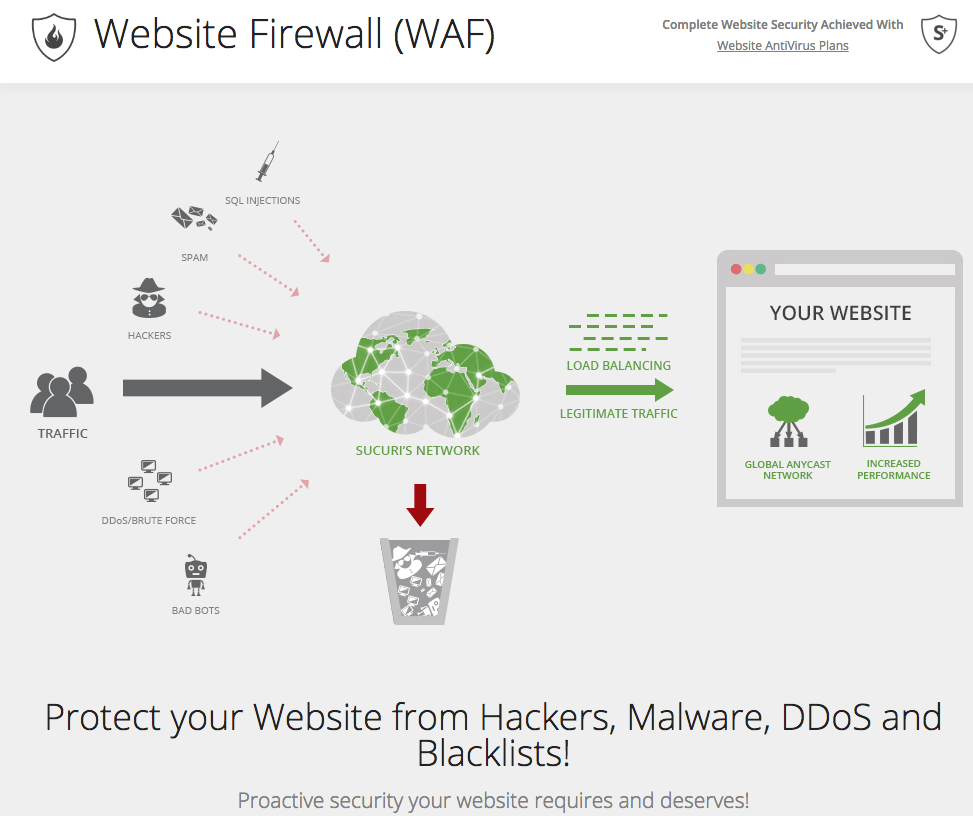
Conclusion
So, these were the important cloud service models that you will come across frequently while working with cloud solutions. Go ahead and try out any one of the cloud service models mentioned above using any one cloud service provider (AWS, Azure, Google Cloud) to get a feel of it.
If new to cloud computing, then check out these courses to learn.


